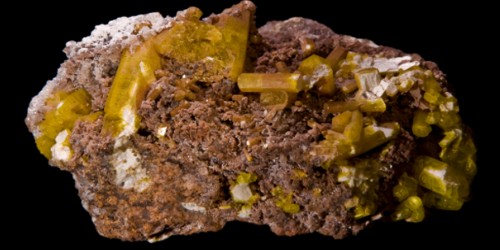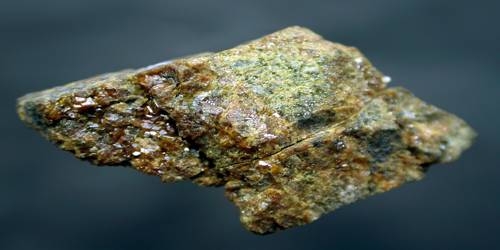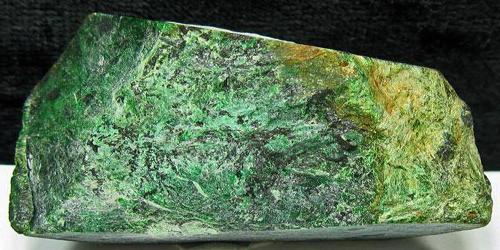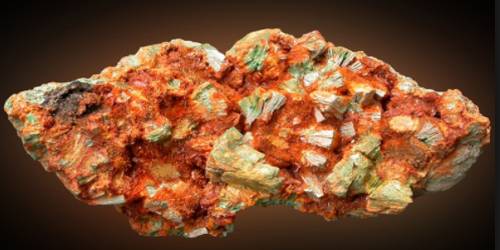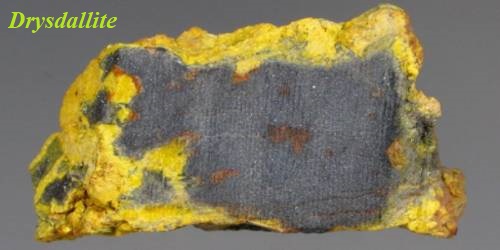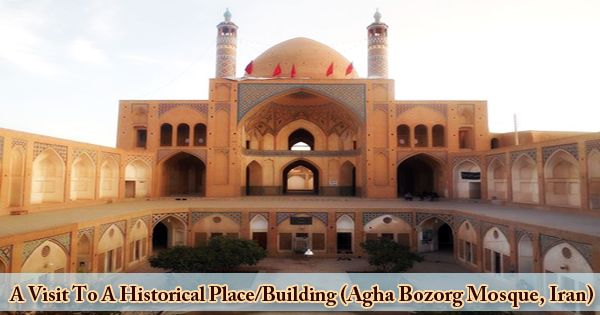Ettringite is a hydrous calcium aluminum sulfate mineral with formula: Ca6Al2(SO4)3(OH)12·26H2O. It is a trigonal hydrous calcium aluminum sulfate mineral. is a hydrous calcium aluminum sulfate mineral first described in 1874 from Ettringer Bellerberg, Germany. The mineral was named after its place of discovery. It is part of the ettringite-group which includes other sulfates such as thaumasite and bentorite.
General Information:
- Category: Sulfate minerals
- Formula: Ca6Al2(SO4)3(OH)1226H2O
- Crystal system: Trigonal
- Crystal class: Ditrigonal pyramidal (3m)
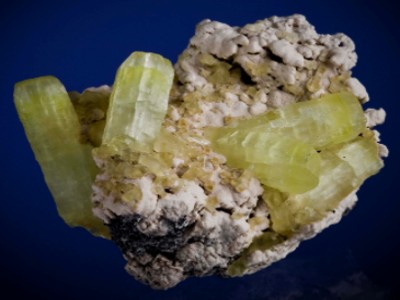
Properties
Ettringite is either colorless or white in color. It is transparent in appearance and non-magnetic. The mineral is non-fluorescent with the white streak, perfect cleavage, and vitreous luster. It forms needle-like crystals. The hardness of ettringite ranges from 2 to 2.5, and its density is 1.8 g/cm3.
- Color: Colorless, pale yellow, milky white
- Crystal habit: Acicular growth, striated prismatic crystals; fibrous to cottonlike
- Mohs scale hardness: 2-2.5
- Luster: Vitreous
- Streak: White
- Diaphaneity: Transparent to opaque
- Specific gravity: 1.77
- Optical properties: Uniaxial (-)
Occurrence
Ettringite occurs in xenoliths or metamorphosed limestone near igneous contacts. It also occurs as weathering crusts on larnite rocks.
It was first described in 1874 by J.Lehmann, for an occurrence near the Ettringer Bellerberg volcano, Ettringen, Rheinland-Pfalz, Germany. It occurs within metamorphically altered limestone adjacent to igneous intrusive rocks or within xenoliths. It also occurs as weathering crusts on larnite in the Hatrurim Formation of Israel.
The minerals that are closely associated with ettringite include gypsum, mayenite, hydrocalumite, afwillite, hydrocalumite, and portlandite.
Information Source:
